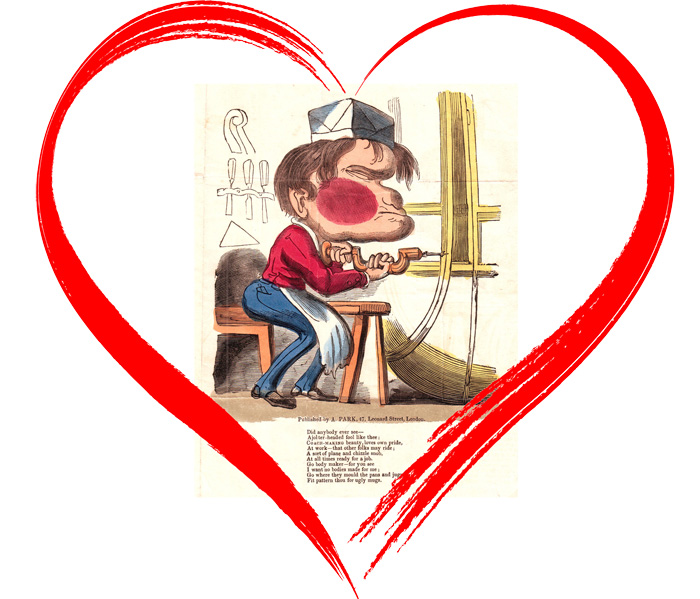The Art of the Valentine with John Scott Hosted by the BESG
 When: Thu., Feb. 2, 2023 at 6:00 am - 7:00 am
When: Thu., Feb. 2, 2023 at 6:00 am - 7:00 am The origins of Valentine’s Day can be traced back to Roman times. The Georgian era brought in the exchange of cards. Samuel Pepys records the practice of sending expensive gifts but by the late 18th century, the preferred option was a handwritten verse or picture. Printers soon took advantage of the fashion to market engraved images in the form of writing paper rather than of cards.
The origins of Valentine’s Day can be traced back to Roman times. The Georgian era brought in the exchange of cards. Samuel Pepys records the practice of sending expensive gifts but by the late 18th century, the preferred option was a handwritten verse or picture. Printers soon took advantage of the fashion to market engraved images in the form of writing paper rather than of cards.
By 1835 some 60,000 Valentines were being sent in the London area, and the advent of Uniform Penny Postage in 1840 increased this number radically to half a million in 1864 and over one and a half million by 1870. These Victorian confections were so elaborate that they were contained within small boxes, sometimes with a sachet of perfume by Rimmel or a woven silk by Stevens. There was also a fashion for caricatures, often lampooning different trades such as the tailor or the greengrocer.
By the 1900s the Valentine was in decline, not to be revived until the late 1920s and, in 1936, Rex Whistler designed the first Valentine telegram for the Post Office. The revival was led by the Kansas City firm of Hall Brothers, better known by us today as Hallmark, who continue to be among the market leaders, albeit with demand now shrunk by the immediacy of the internet.
The British Empire Study Group invites you to join us on February 2nd at 6:00 pm ET when John Scott presents “The Art of the Valentine.”
Buy tickets/get more info now
 Discover More
Discover More